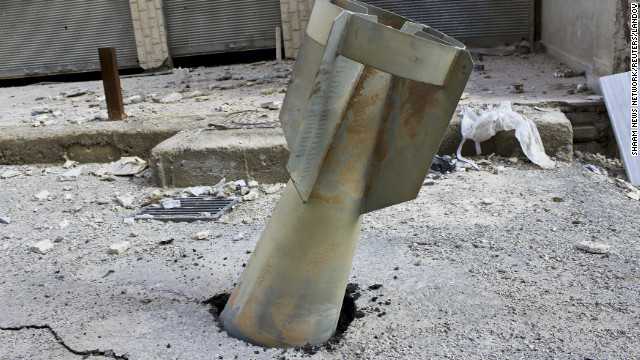Dr. Andrew McGregor
June 2008
Executive Summary
Located at the strategic crossroads of Europe, Asia, the Caucasus and the Middle East,
Turkey still maintains a vast conscript army of over one million men, the second-largest
in NATO and the largest in Europe. Major reforms to the military are underway which
will reduce its overall size by 20-30 percent while increasing its professionalism, training
and technological capabilities.
• Turkey’s drive for self-sufficiency in arms has brought about administrative,
financial, political and military reforms designed to enable Turkey to remain a
regional power capable of independent action outside its borders if it feels its
national integrity is threatened.
• Turkey is the world’s fourth-largest importer of arms and the world’s 28th largest
arms exporter. Turkey is aggressively seeking to increase its market share,
expecting to increase its annual exports to $1.5 billion in the next three years.
Turkey is also seeking to increase its share of domestically produced military
equipment from the current 25 percent to 50 percent and its share of NATO
projects from 4 percent to 20 percent by 2011.
• Turkey’s arms program is designed to address the armed forces’ requirements in
two main areas: Conventional warfare in cooperation with its strategic allies in
NATO and the new challenges posed by asymmetrical warfare (insurgencies,
terrorism, guerrilla warfare, etc.).
• Turkey faces internal security threats from right-wing, left-wing, religious and
ethno-nationalist extremists. These groups include the Kurdistan Workers’ Party
(PKK), al-Qaeda, Turkish Hizbullah and the Great Eastern Islamic Raiders’ Front
(IBDA-C).
• Turkey’s arms sector continues to be tightly controlled by the state, though
procurement is jointly handled by civil and military authorities. Institutions like
the Undersecretariat for Defense Industries (SSM) and the Turkish Armed Forces
Foundation (TSKGV) have recourse to financing outside the state budget in their
efforts to coordinate the activities of Turkish defense industries with Turkish
military requirements and encourage the development of new enterprises and
technology.
• Licensed production and joint projects are seen as stepping stones to eventual
Turkish independence and self-sufficiency in arms production. To this end,
technology transfer plays a critical part in the awarding of foreign arms and
equipment contracts.
• Foreign debate on issues like the alleged Armenian genocide of World War I and
Turkish methods in repressing militant Kurdish separatism have come to
influence the award of arms contracts. Turkey has begun to look further afield for
nations that are willing to meet its military needs without feeling the need to
become involved in internal political or historical issues.
• Intelligence, surveillance, reconnaissance and information management are
viewed as the keys to military success in the 21st century, especially in meeting
the challenge of asymmetrical threats.
• The Turkish defense establishment is pushing the Turkish arms industry in the
direction of independent production of high-tech weapons. Mastering these
technologies will allow Turkey to expand its export market, which will in turn
help finance arms production for Turkey’s internal needs.


Leave a Reply